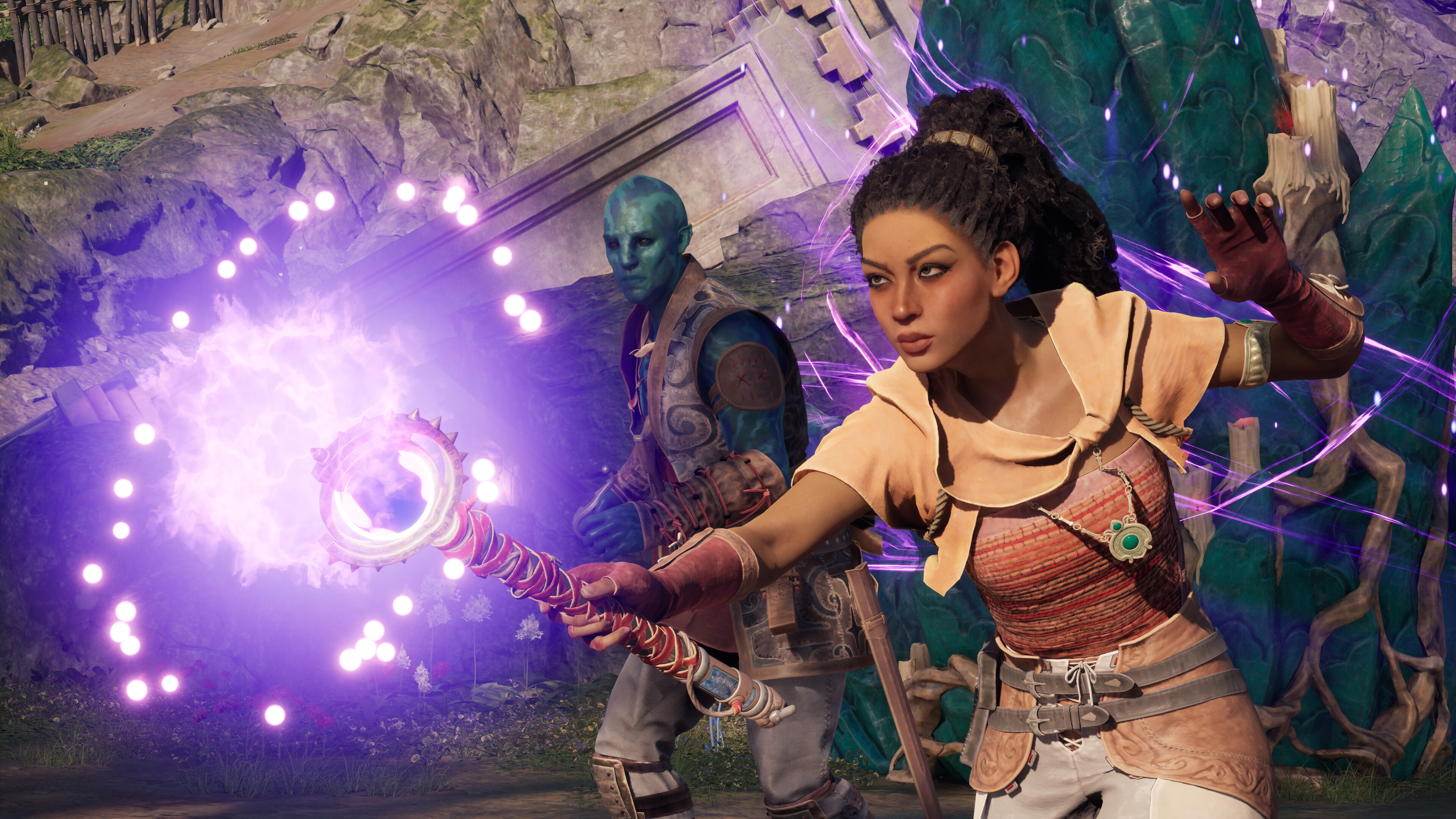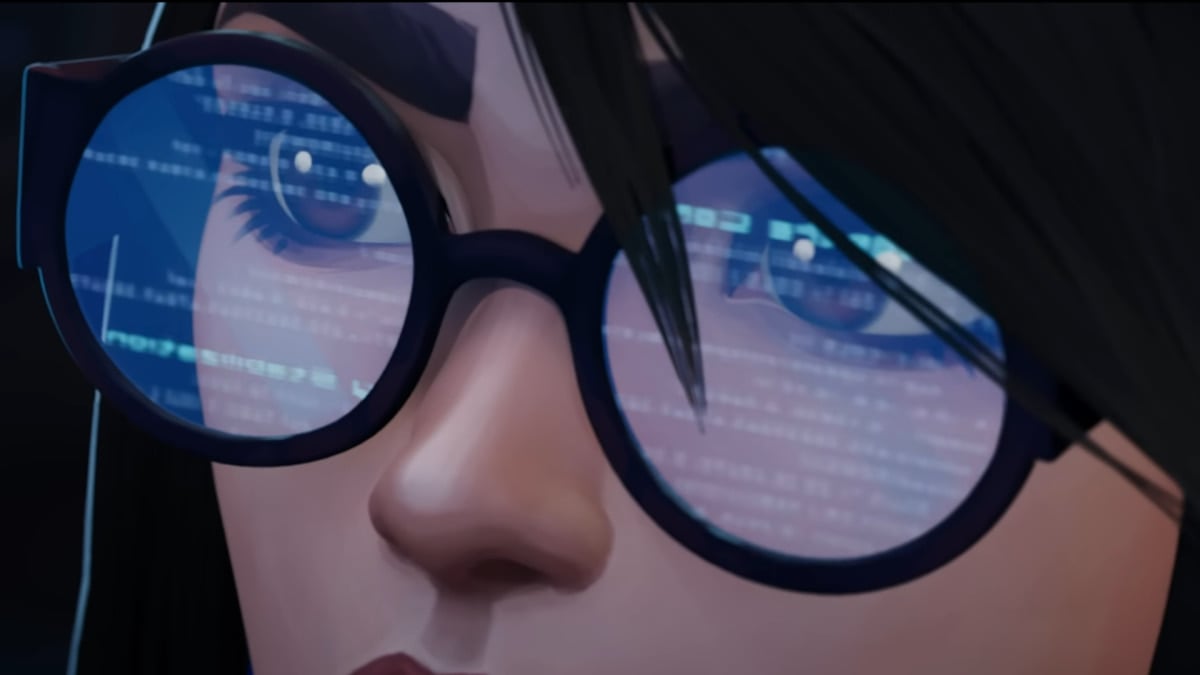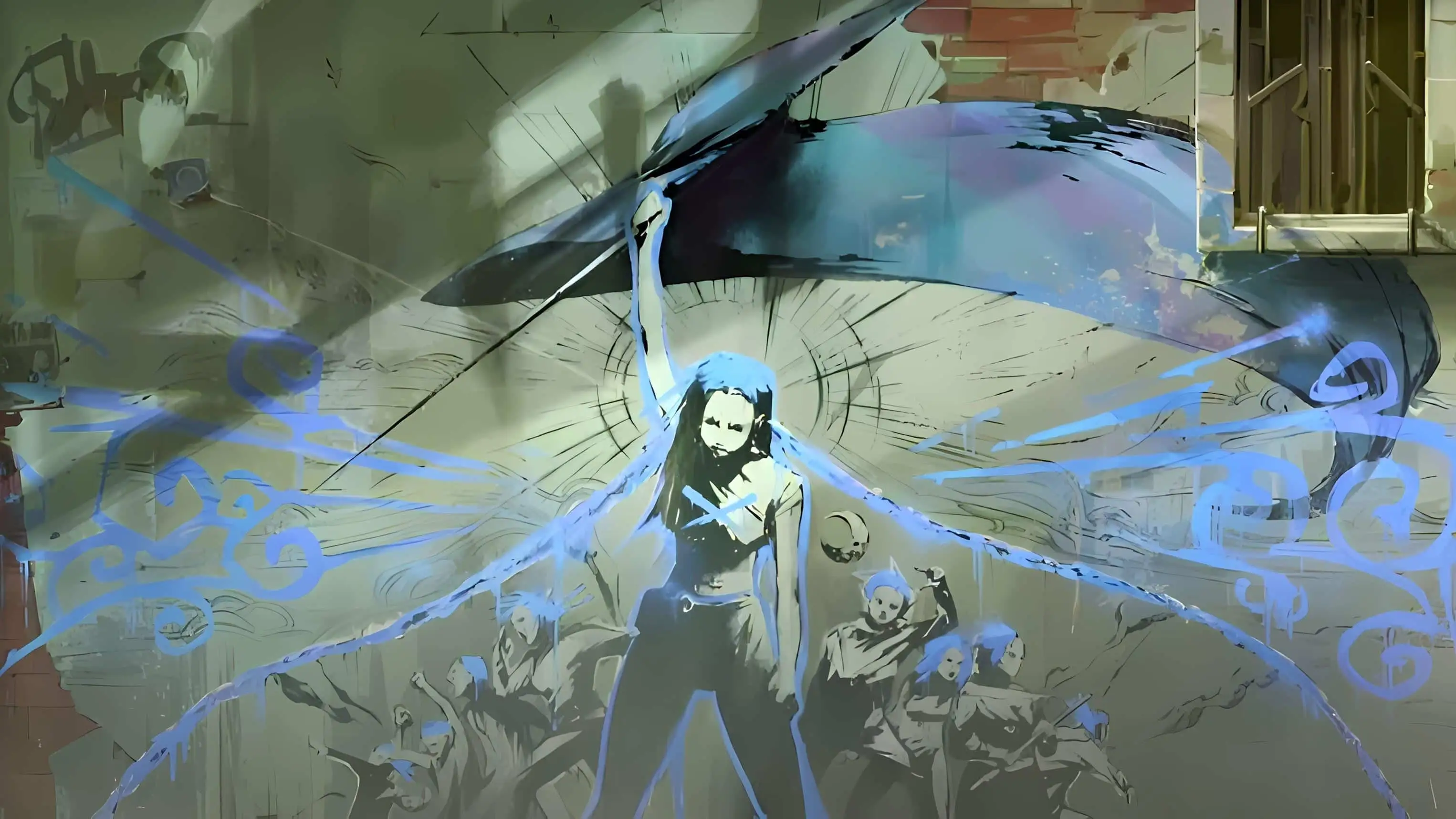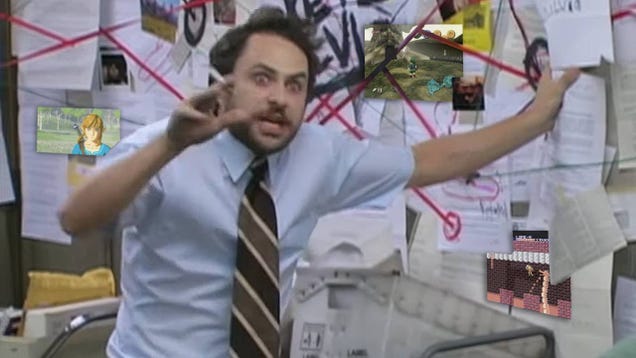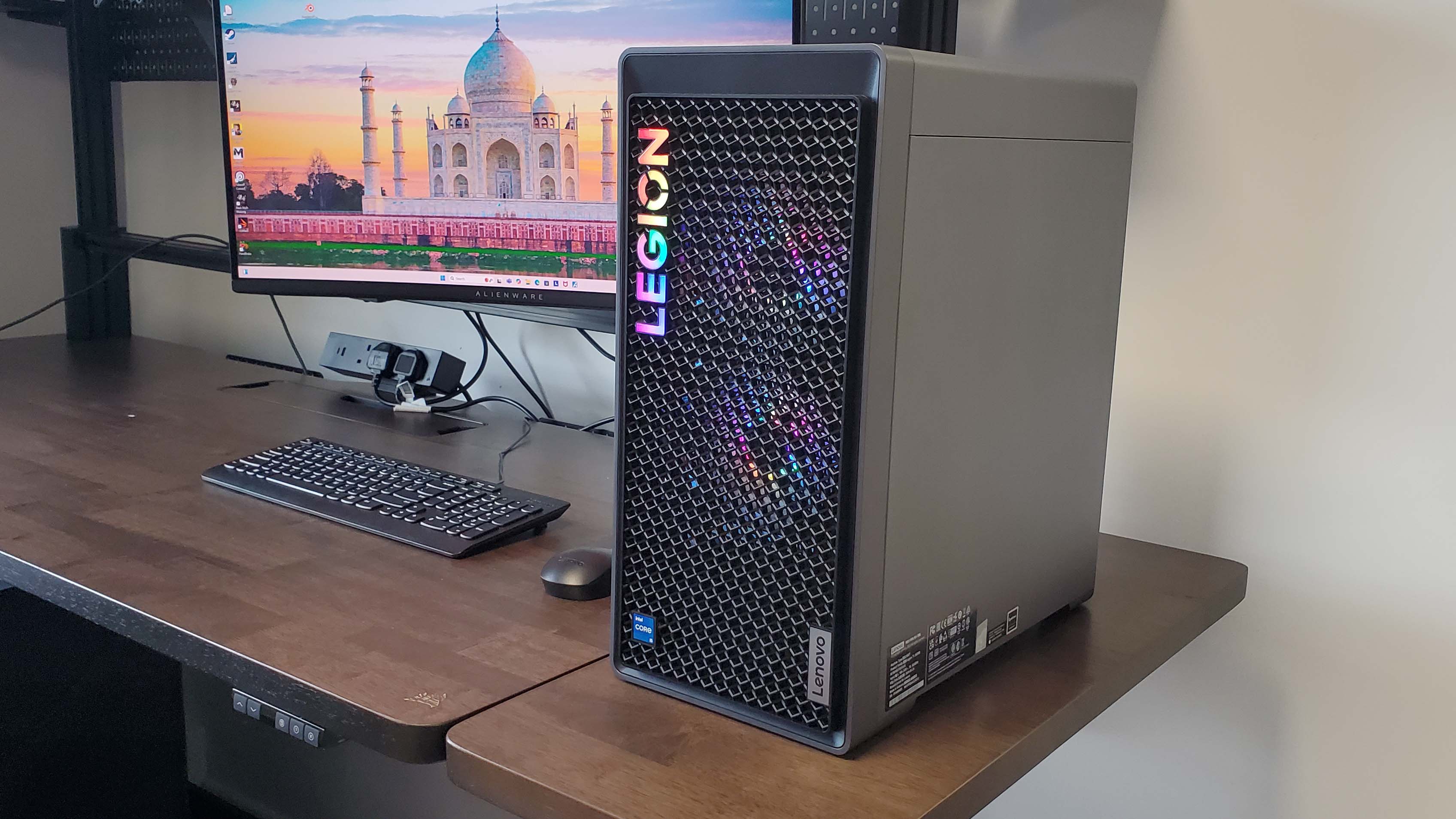
Knowing This Lore Makes Black Myth: Wukong Way More Enjoyable
Note: All names of places, characters, and items mentioned in the article come from the original novel and do not necessarily indicate that they will appear in the game.
With the release of Black Myth: Wukong on PC and PS5, it’s important to know that this game is adapted from the ancient Chinese mythological novel “Journey to the West,” written in 1592. This novel is also the source of inspiration for the famous Japanese manga “Dragon Ball.”
For Chinese players, “Journey to the West” is a household name known to all, but for Western players, it may be somewhat unfamiliar. Perhaps you only know the name of the protagonist, Sun Wukong, but are unaware of the wider characters and stories in the novel. Playing Black Myth: Wukong without understanding the background of the story might make it difficult to become fully immersed in the game, or possibly diminish the surprise of seeing some characters or plot elements that appear in Black Myth.
So today, I am here to tell everyone about the key characters and plot points in this novel, to help you understand everything you should know before playing Black Myth: Wukong.
Who is Sun Wukong, the Monkey King?
Just as the game title suggests, Sun Wukong is the protagonist of “Journey to the West.” The novel tells the story of the monkey Sun Wukong and his fellow disciples, Zhu Bajie, a pig, and Sha Wujing (aka Sha Monk), escorting their master, Tang Sanzang (aka Tang Monk), on a pilgrimage to the West to obtain sacred Buddhist scriptures.
The novel consists of 100 chapters and narrates how Sun Wukong and his companions go through eighty-one trials and tribulations, ultimately reaching the Western Paradise, meeting the Buddha, and obtaining the true scriptures from him. The novel is almost styled like 81 levels in a video game.
As the protagonist of the novel, Sun Wukong is not only highly skilled in martial arts but also possesses a magical power known as the “72 transformation,” which allows him to transform into anything including insects and animals, an ability that appears early on in Black Myth. And of course there is his famous weapon, the staff Ruyi Jingu Bang, which he acquired from the Dragon King of the Eastern Sea.
As described in the novel, the Jingu Bang weighs 13,500 cattles (a traditional Chinese unit of weight, approximately 6750 kilograms today), and its swing can be lethal, causing serious injury upon a hit. It can also be shrunk or enlarged at will, small enough to fit into Wukong’s ear and large enough to reach the sky.
However, on the journey to escort Tang Sanzang to obtain the sacred scriptures there is a need to prevent Sun Wukong’s feral nature from taking over. Guanyin Bodhisattva placed a golden hoop on his head and taught Tang Sanzang the Tightening Spell. When necessary, they must recite this spell and cause the hoop to constrict, inflicting unbearable pain on Wukong’s head and forcing him to obey Tang Sanzang’s instructions.
In a twist, the protagonist of Black Myth Wukong isn’t Sun Wukong but the Destined One, though his adventure in the game follows in Sun Wukong’s footsteps. But the characters who traveled with Sun Wukong reappear in the game, and their adventures and hardships from the original novel should help clarify their importance in Black Myth.
Additionally in Black Myth, you will encounter many characters from the novel who have old ties with Sun Wukong, such as the Bull King from the Flaming Mountains. In the novel, before Sun Wukong escorted Tang Sanzang to obtain the scriptures, the Bull King and Sun Wukong were sworn brothers. His wife, Princess Iron Fan (aka Rakshasi), possesses a magical treasure called the Banana Leaf Fan,or Plantain Fan, which was later borrowed by Sun Wukong to extinguish the fire on Flaming Mountains.
At the end of the game’s final trailer, there are four figures that resemble heavenly deities who are the Four Heavenly Kings, the guardians of the world from Buddhist legend. They are the most powerful warriors by the side of the Jade Emperor in the novel. How they will appear in the game and what kind of earth-shattering battle they will have with the Destined One is a surprise best left for the game.
How Black Myth’s Bosses are Inspired By Journey to the West
In the game, players will also encounter different enemies and bosses, all of whom are inspired from “Journey to the West.”
For instance the final boss of the first level in the game, the Black Bear Guai, is a large black bear with fire attacks. The battle arena is also filled with flames everywhere and when facing his terrifying flame attacks, it’s difficult to keep from stacking fire damage and roasting alive.
But if you can find an item called the “Fireproof Mantle” earlier in the game and equip it during the battle, you will find that you can avoid all flame damage. This significantly reduces the difficulty of the fight, allowing you to focus on countering the Black Bear Guai’s attacks, quickly identify his weaknesses, and defeat him.
And this Fireproof Mantle is indeed derived from the original “Journey to the West.” In the novel, the Elder Jinchi of the Guanyin Temple, in order to seize Tang Sanzang’s kasya robe, set fire to the temple, intending to burn Tang Sanzang and Sun Wukong to death. Sun Wukong borrowed the Fireproof Mantle from the Four Heavenly Kings to protect Tang Sanzang from the disaster.
This plot not only explains the origin of the Fireproof Mantle but also helps you understand the character of the Elder Jinchi, who appears in the secret map of the first chapter. So when you encounter an enemy in the game that is particularly difficult to deal with, you might try to search for his story in the original novel as it could be helpful for you to defeat him.
What are Yaoguai and Loong?
As a game from Chinese developer, Game Science, Black Myth: Wukong features a lot of terminology from the original Chinese that was then translated into English. Whereas Japanese games have introduced a variety of Japanese language words into the gamer lexicon, there will likely be some Chinese terms you’ll encounter for the first time.
In “Black Myth: Wukong,” players will encounter some novel words, such as Yaoguai or Guai. You might not know the meaning of this word, or even how to pronounce it. Yaoguai comes from the Chinese Pinyin for the character “妖怪,” which means “Monster” in English, and the correct pronunciation is “/ˈjɑʊ.ɡwaɪ/.”
While you might know the word Loong better as “Dragon.” In Black Myth: Wukong, the use of Loong is firstly because it specifically refers to dragons from the East, and secondly, because its pronunciation is very similar to the Chinese word for “dragon.”
Additionally, there are some classic props and weapons in the game that also directly adopt the naming method of Pinyin, such as Sun Wukong’s classic weapon, the Jingu Bang, which is also directly used in its Pinyin form.
As the first AAA game from China, seeing these unfamiliar words might feel a bit strange. But when Western players were first exposed to Japanese games words from Japanese such as Ninja, Samurai, Katana, and Manga quickly became common terms in English. One day, when Western players and Chinese players talk about “Black Myth: Wukong,” discussing the key terms in the game, they will hopefully find common terms they recognize there also.
Dive Deeper
In addition to recommending the original novel, I highly recommend that everyone read the Portraits in the Journal during the game. This section will record every enemy you beat and NPC you encountered in the game, with a short story behind their origins. The truth behind the main character, the Destined One, is also hidden within these short stories.
And be sure to check out my colleague Mitchell Saltzman’s review for Black Myth: Wukong for more impressions on this action-packed game.
Charles Young is the Editor-in-Chief of IGN China.



